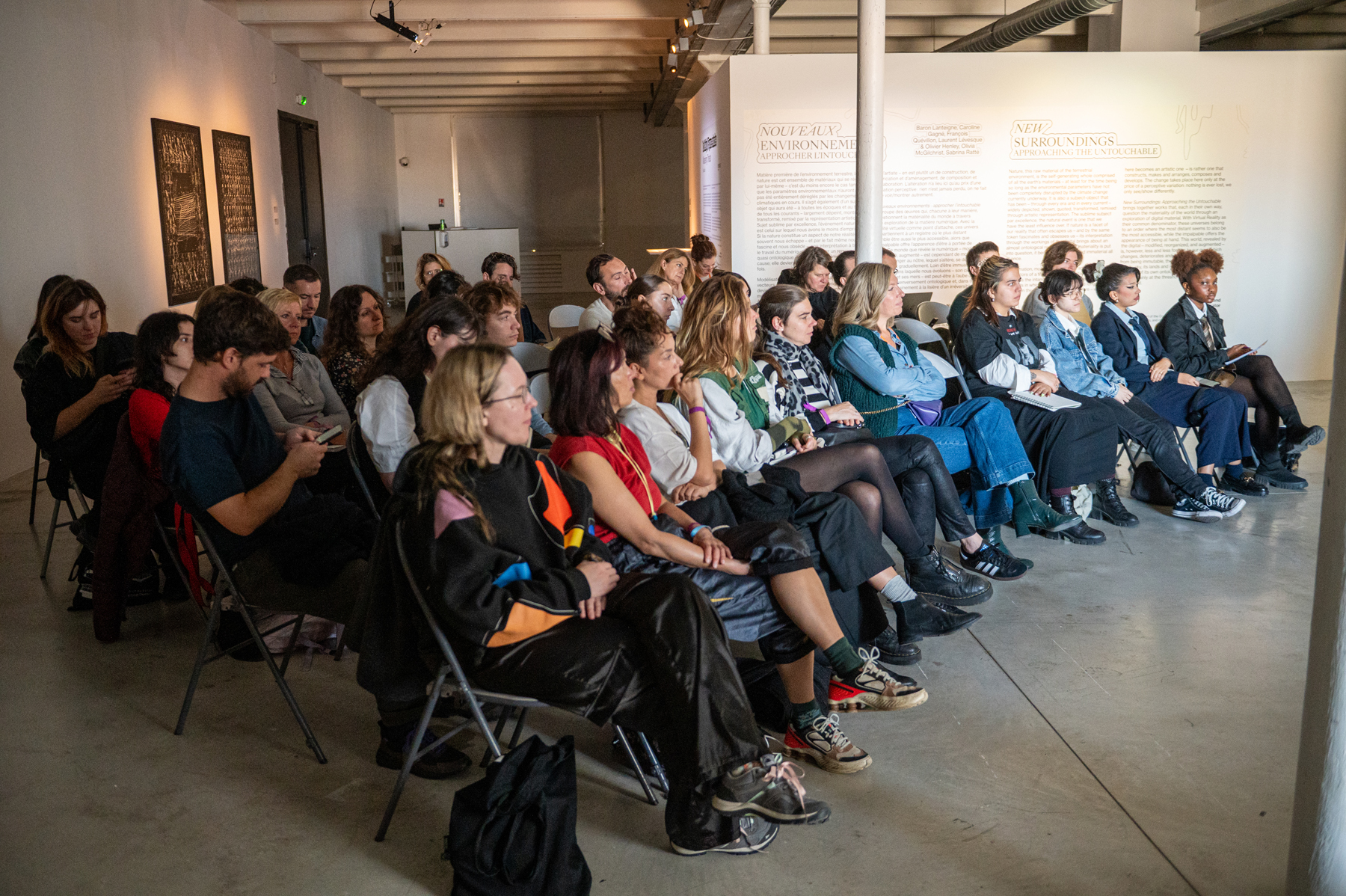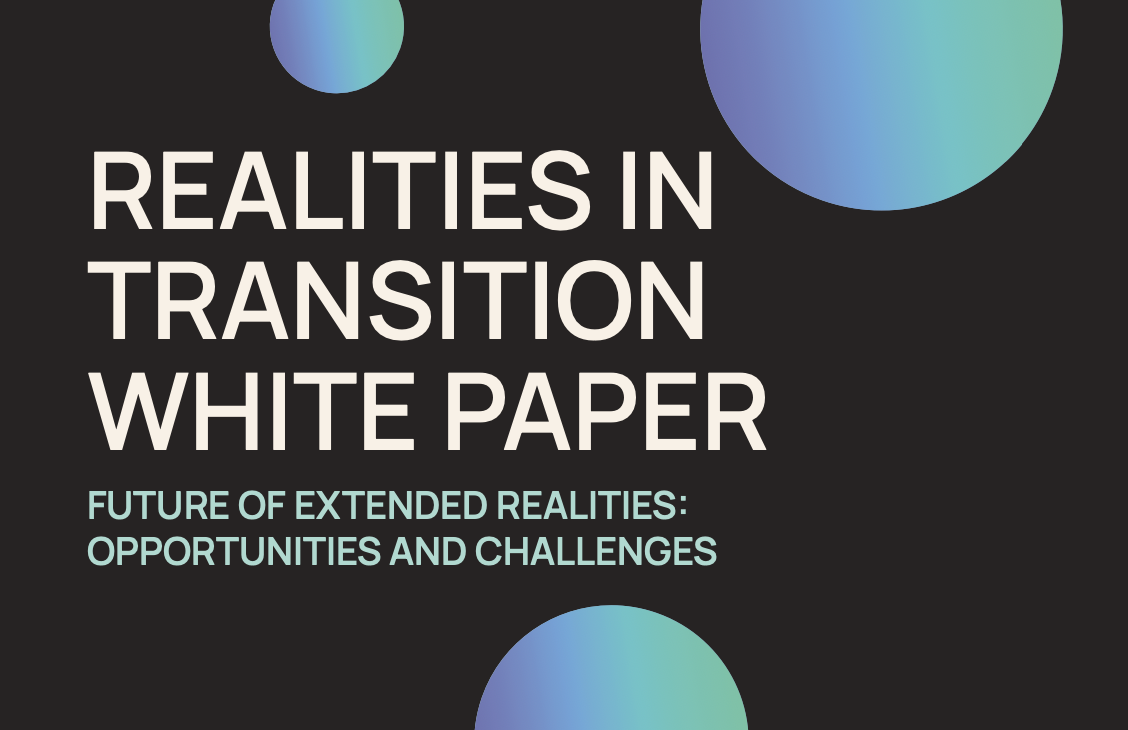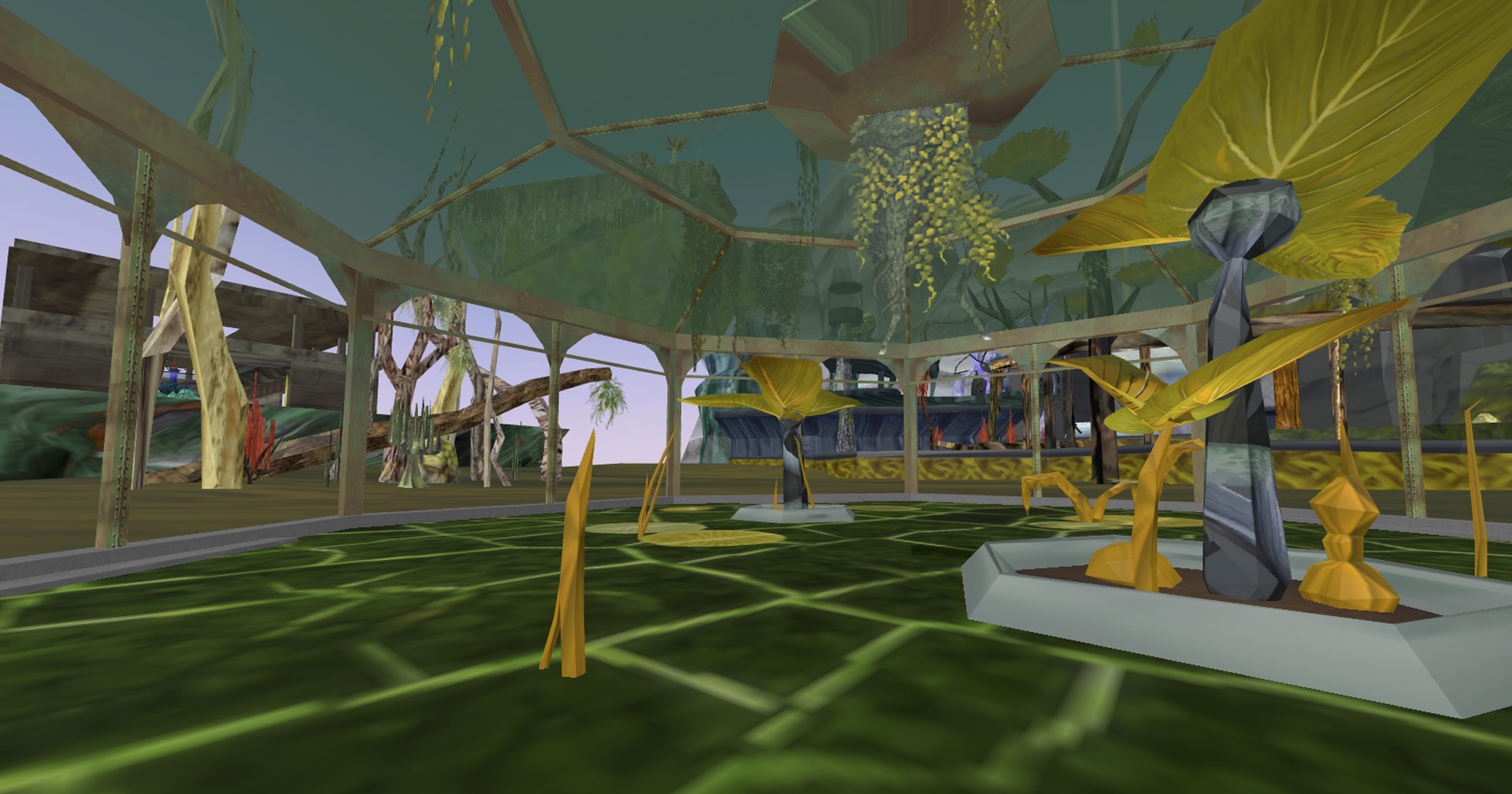TEST_LAB: REALITIES IN TRANSITION SIMULACRON-3
In this Test_Lab we showcase the project realized by the artists who have participated in this year’s Realities in Transition residency at V2_Lab. The project will be demonstrated live and the audience will be invited to ‘test’ the artwork hands-on.
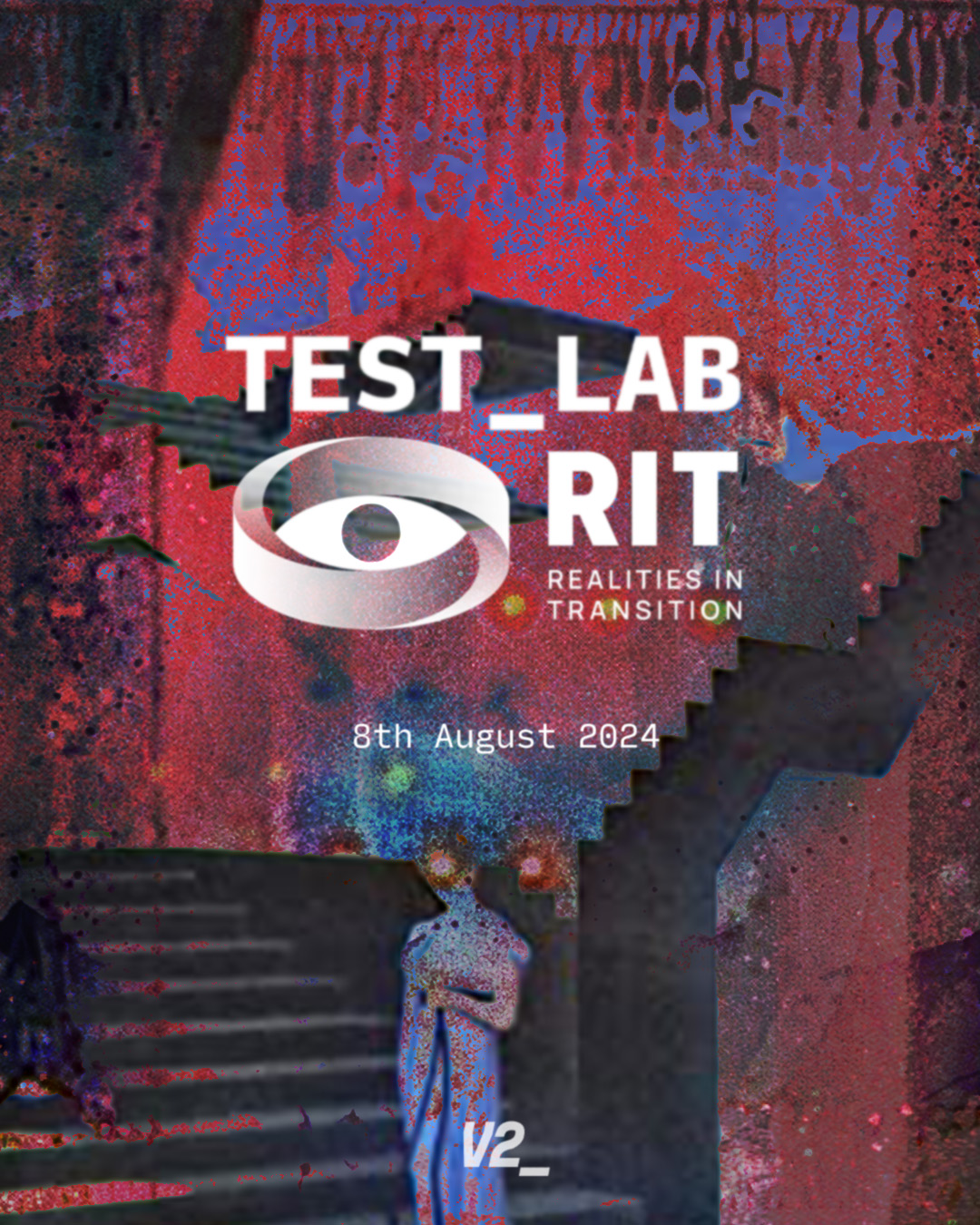
About the Residency
Earlier this year we invited seven artists to join a hybrid residency at V2_ Lab in Rotterdam. The residency participants are encouraged to explore contemporary topics such as Virtual, Augmented and Mixed Reality, Artificial Intelligence and Machine Consciousness, Data Privacy and Surveillance, Simulation Theory, Existential Risk and Future of Humanity as they are raised in the 1964 SF-novel Simulacron-3. The participants are invited to reflect on the creation of a XR experience with a strong creative and artistic component, that doesn’t let the user isolated, but rather creates a collective experience that, in its core, considers the concepts of human interaction, group dynamics and empathy. The expected outcome of the residency is a co-created XR experience. The residency will utilize open source tools and offer guidance from experts, fostering a collaborative and productive environment.
The Theme: Simulacron-3
For those of you who don’t know: Simulacron-3 is a science fiction novel by by Daniel F. Galouye about a future where a computer simulation, Simulacron-3, is created to study a virtual society. The protagonist of the novel, Douglas Hall, the project’s technical director, discovers that the simulation has its own consciousness and inhabitants who are unaware of their artificial nature. The novel explores themes of reality, identity, and the ethical implications of simulated worlds.
It is a culturally significant book that explores themes of reality, consciousness, and the ethical implications of simulated worlds. Published in 1964, it anticipated contemporary discussions about virtual reality and artificial intelligence. It was the inspiration for Rainer Werner Fassbinder’s famous television series Die Welt am Draht (1973), and has influenced films like The Thirteenth Floor and The Matrix, and it remains relevant today as it challenges perceptions of reality in an age of digital environments.
Selected Artists 2024
Mihai Gui is an artist in Rotterdam, exploring digital and analog media to address social issues. He is an AKV St. Joost alum and a 2017 Mondriaan Fonds recipient.
Silvana Callegari is a media artist and XR specialist, awarded and exhibited internationally, who explores the intersection of new media, the paranormal, and Posthumanism.
Merve Sahin is a spatial designer in Vienna, co-founder of space a.tonal, and a finalist in the EU-Mies Awards, speculating on urban anonymity and privacy.
Lam Lai is a composer and music theatre maker in The Hague, integrating theatre into electronic music to explore technology’s societal impact.
Eirini Lampiri is Creative Director in Bristol, focusing on materiality and virtuality in films and immersive experiences, and advocating for inclusive digital futures.
Annika Boll is adigital artist specializing in 3D game design, creating ghostly representations of real-life materials through 3D scanning.
Gökay Atabek is an artist and founder of Vølksamt!, a collective challenging conventional art forms and advocating for intermedia art and experimental music
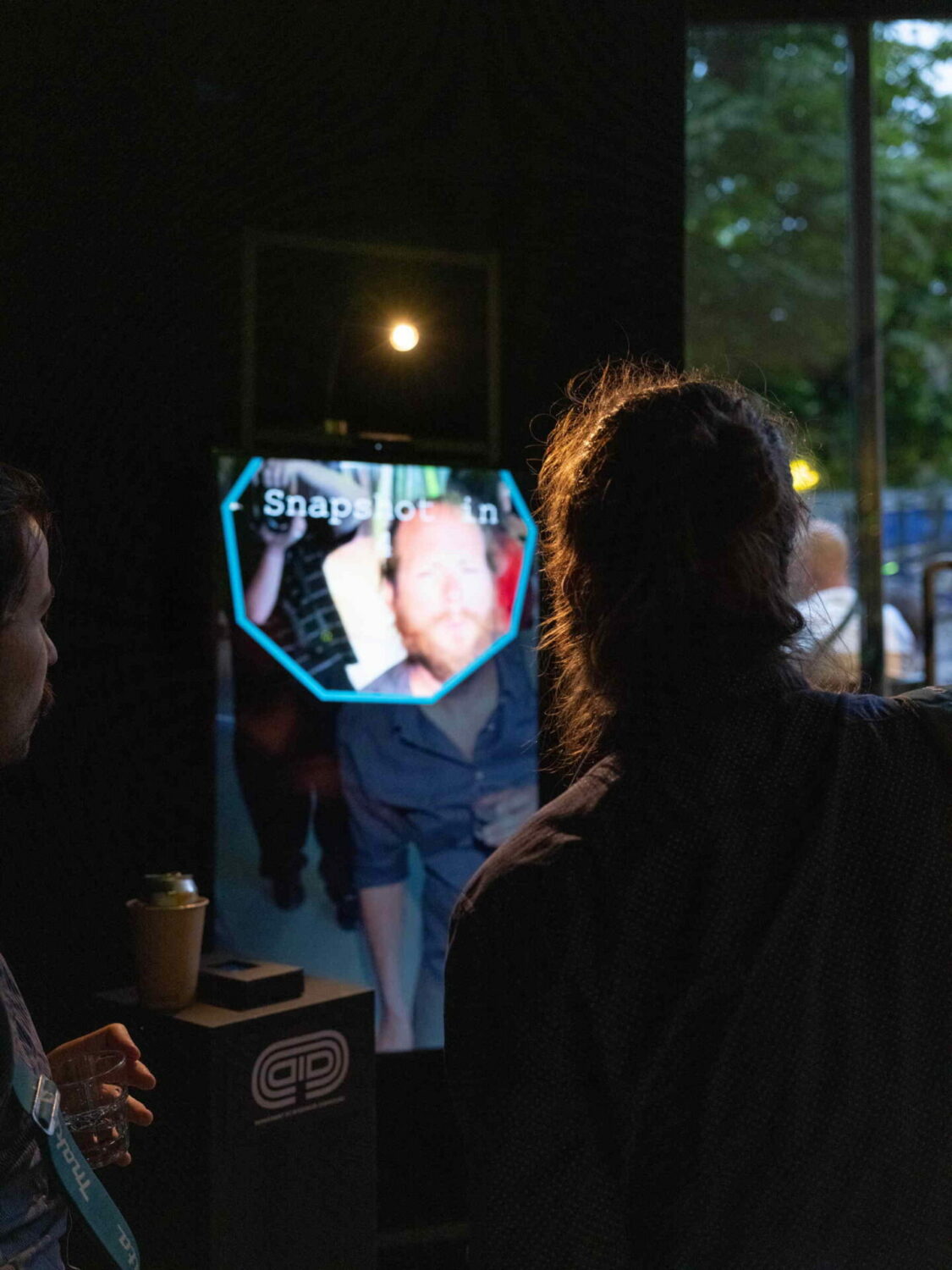
by Fenna de Jong
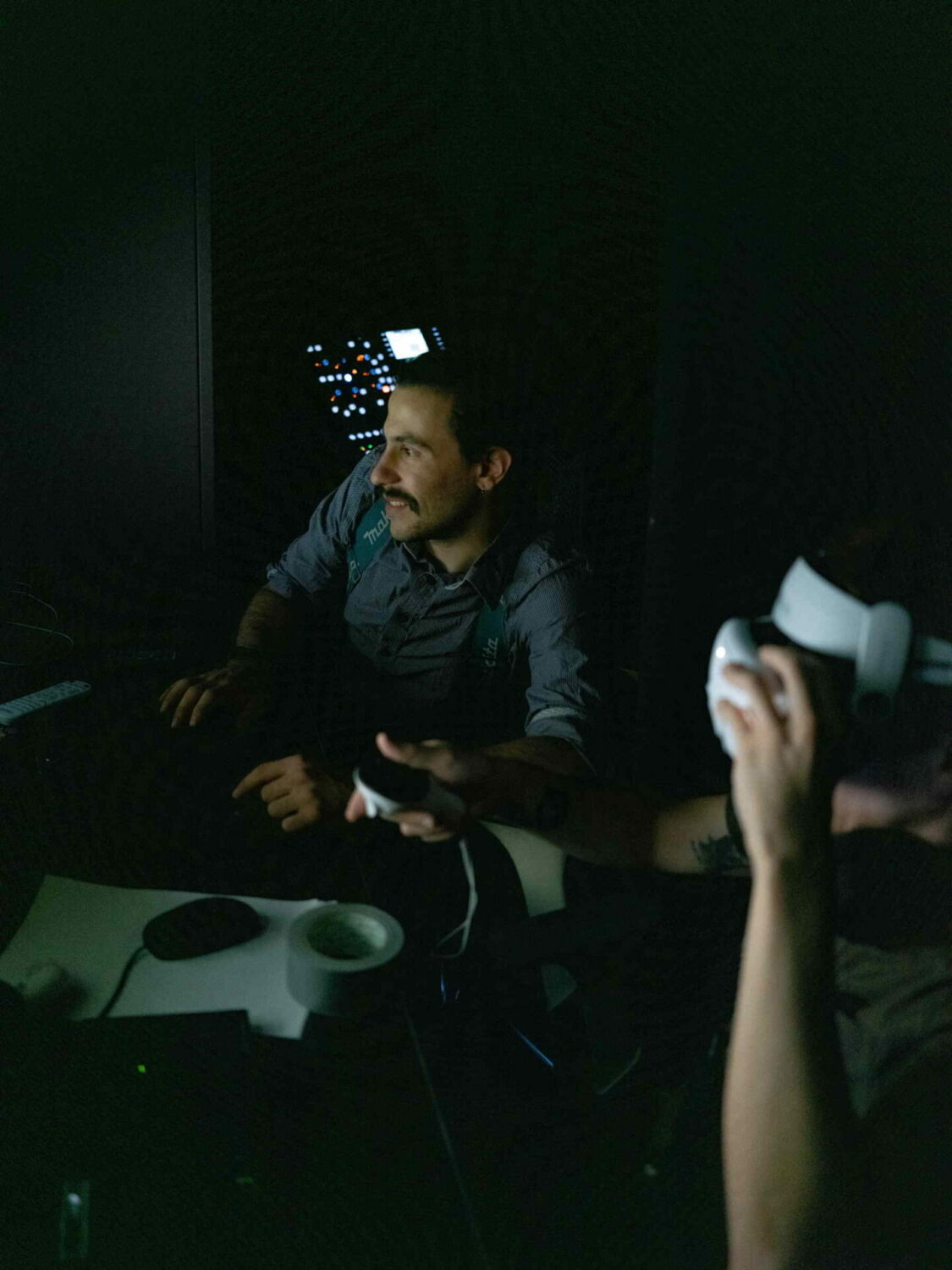
by Fenna de Jong
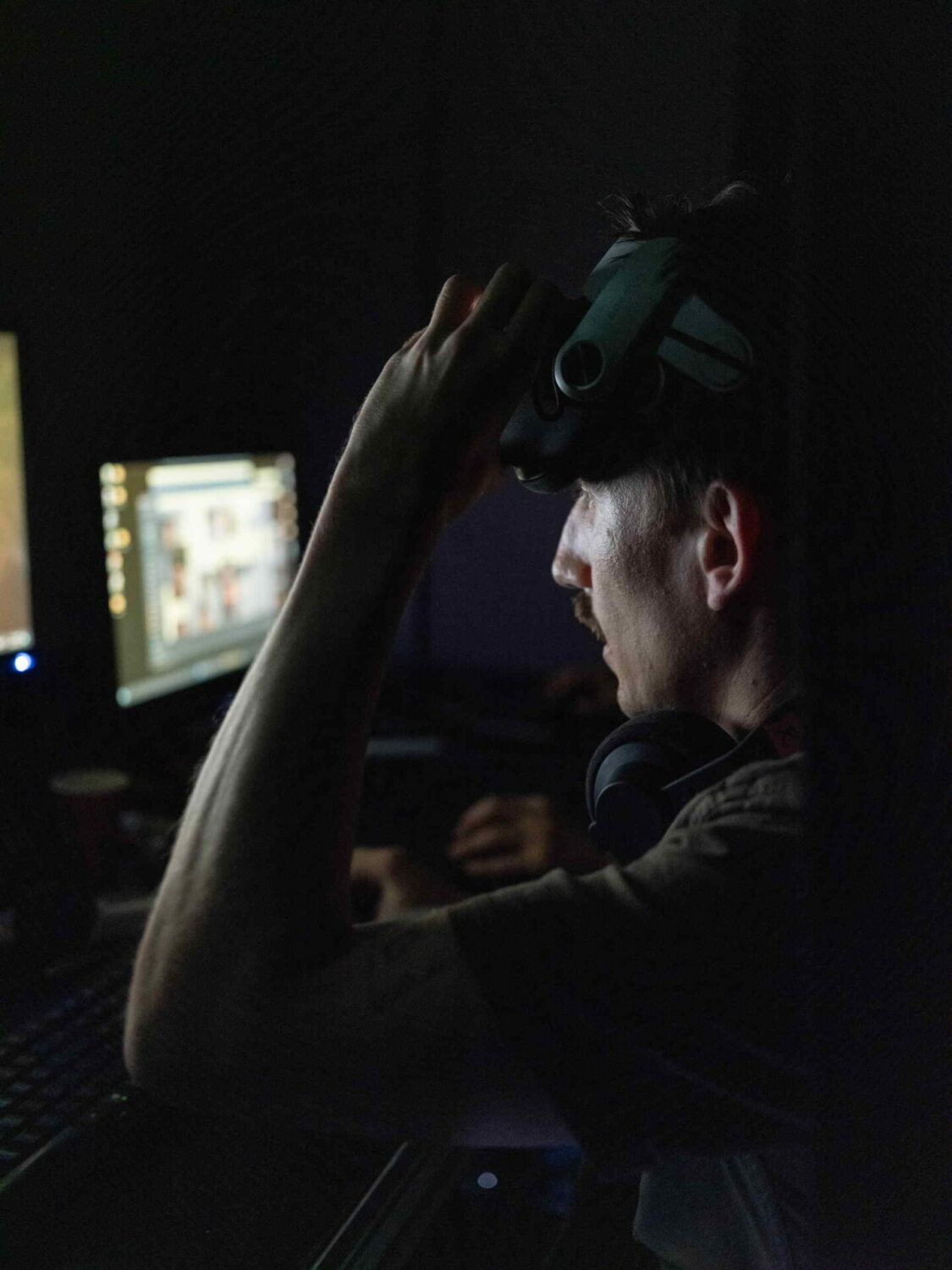
by Fenna de Jong
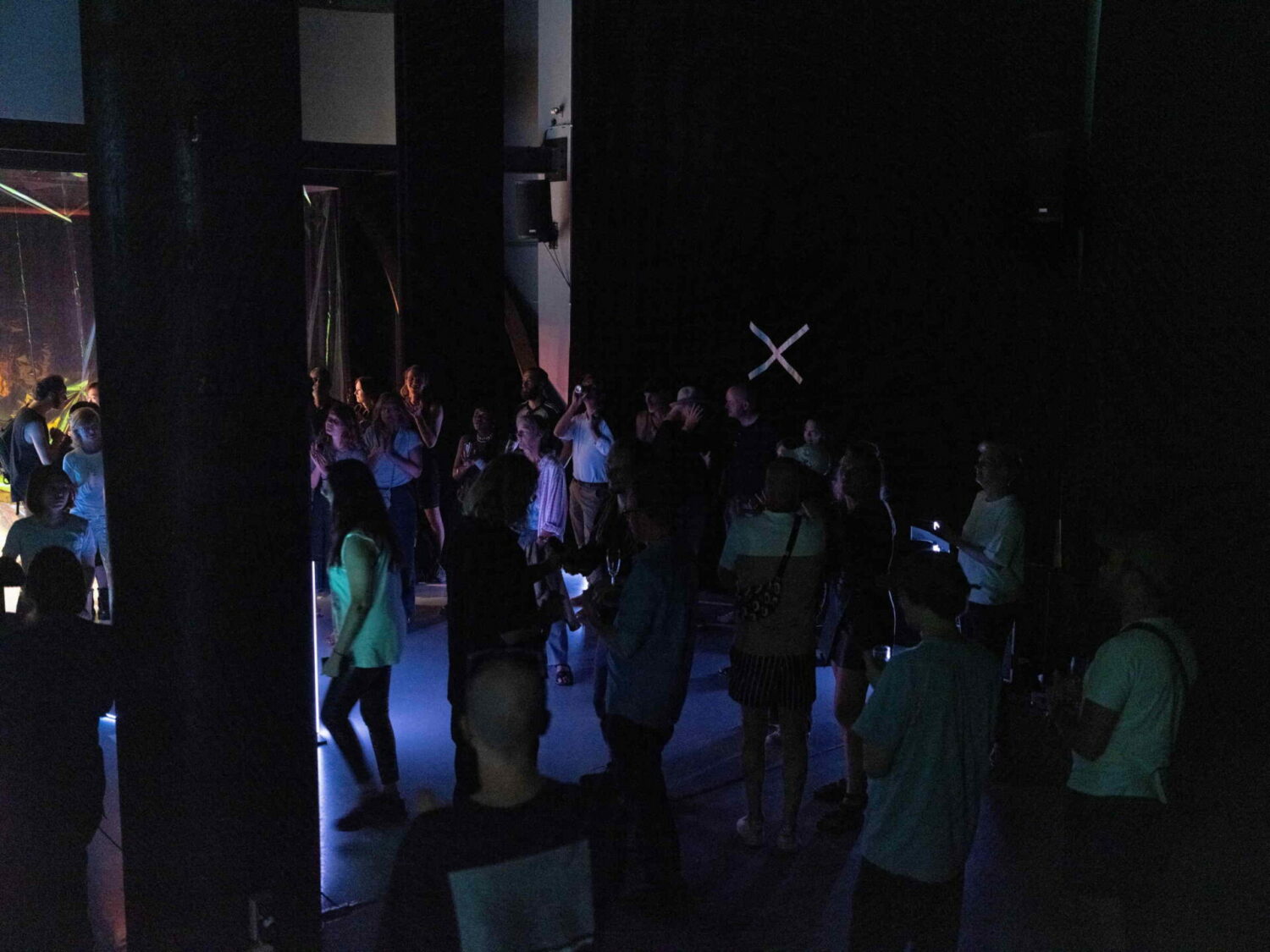
by Fenna de Jong
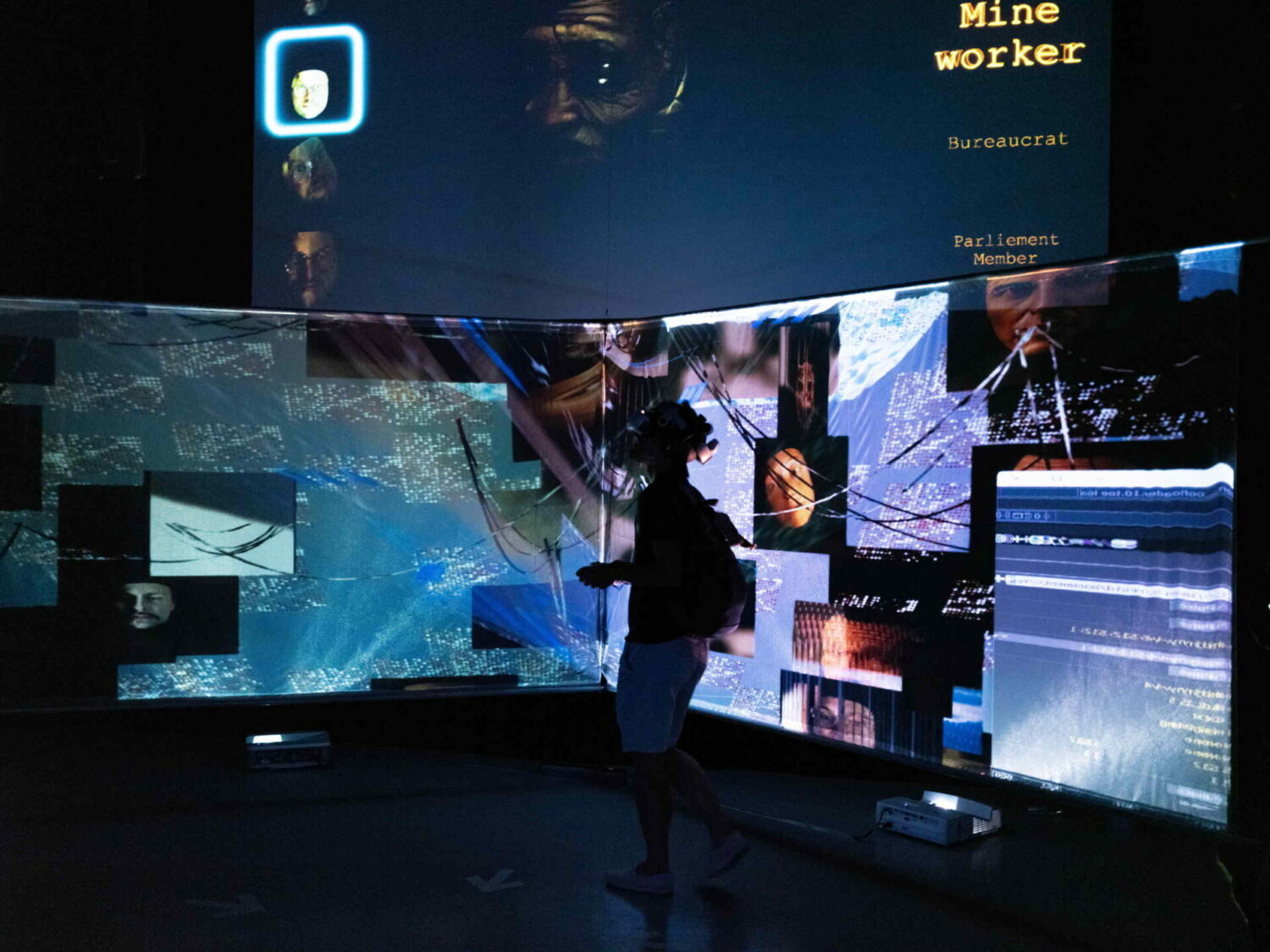
by Fenna de Jong
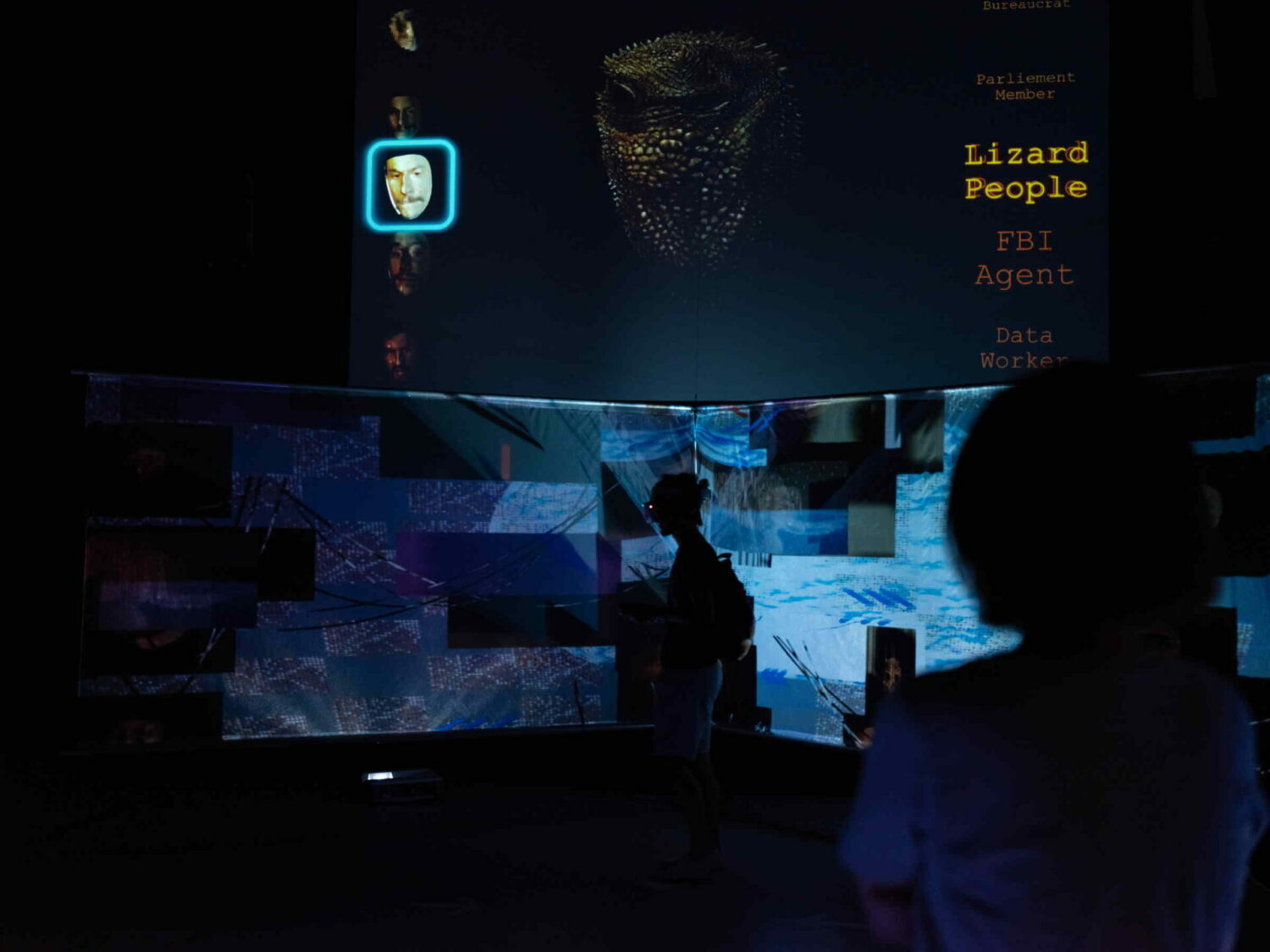
by Fenna de Jong
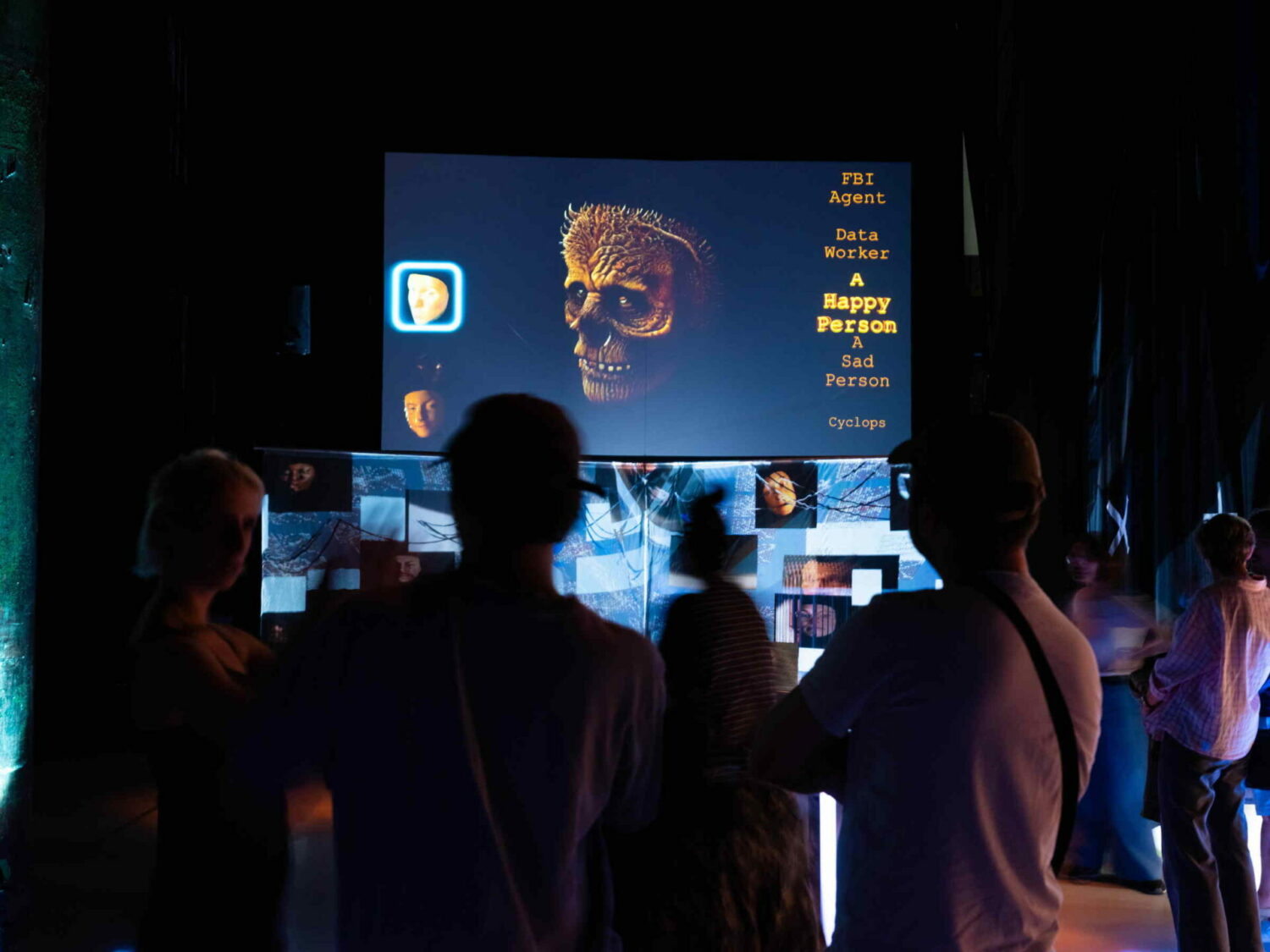
by Fenna de Jong
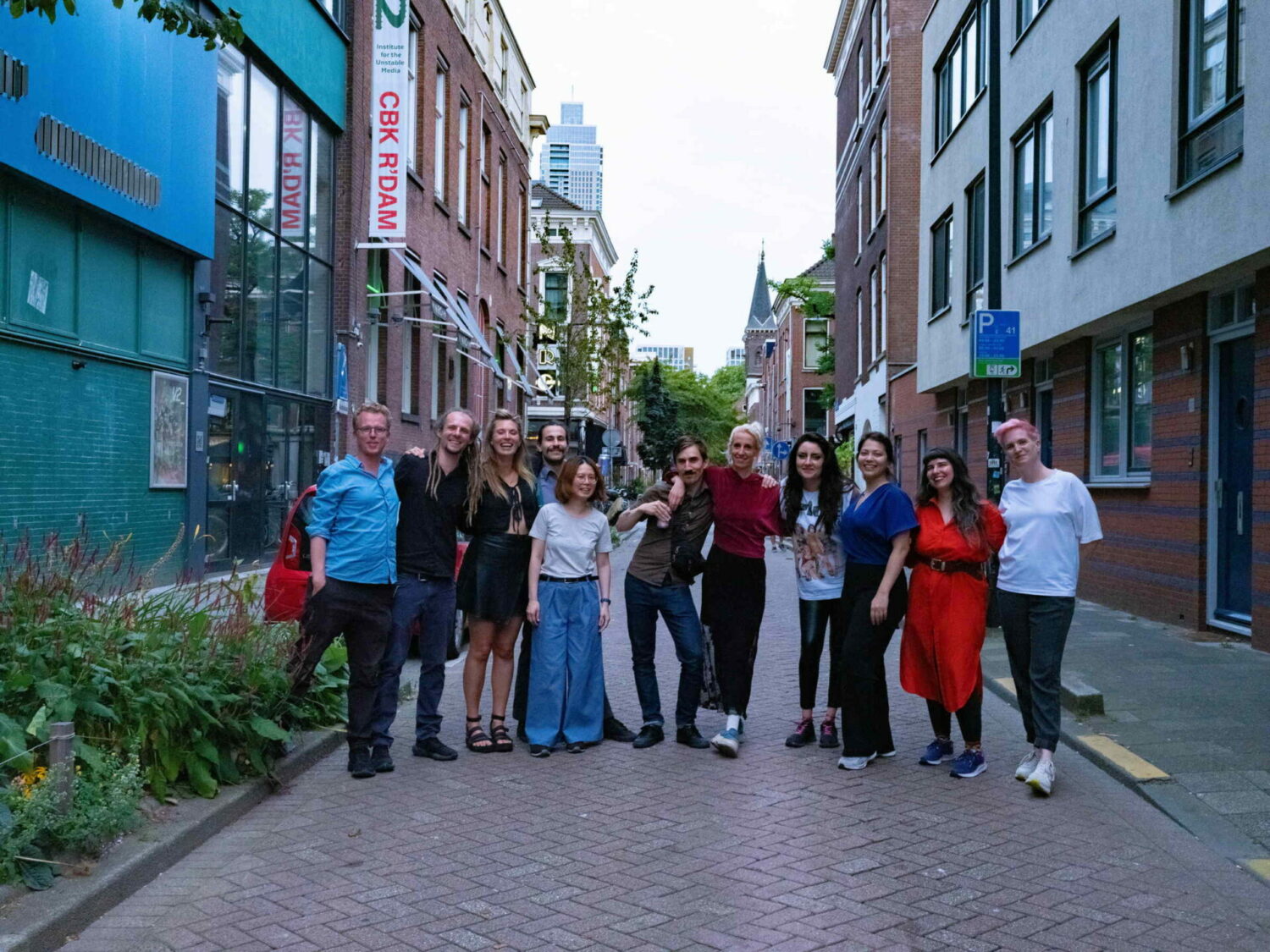
by Fenna de Jong
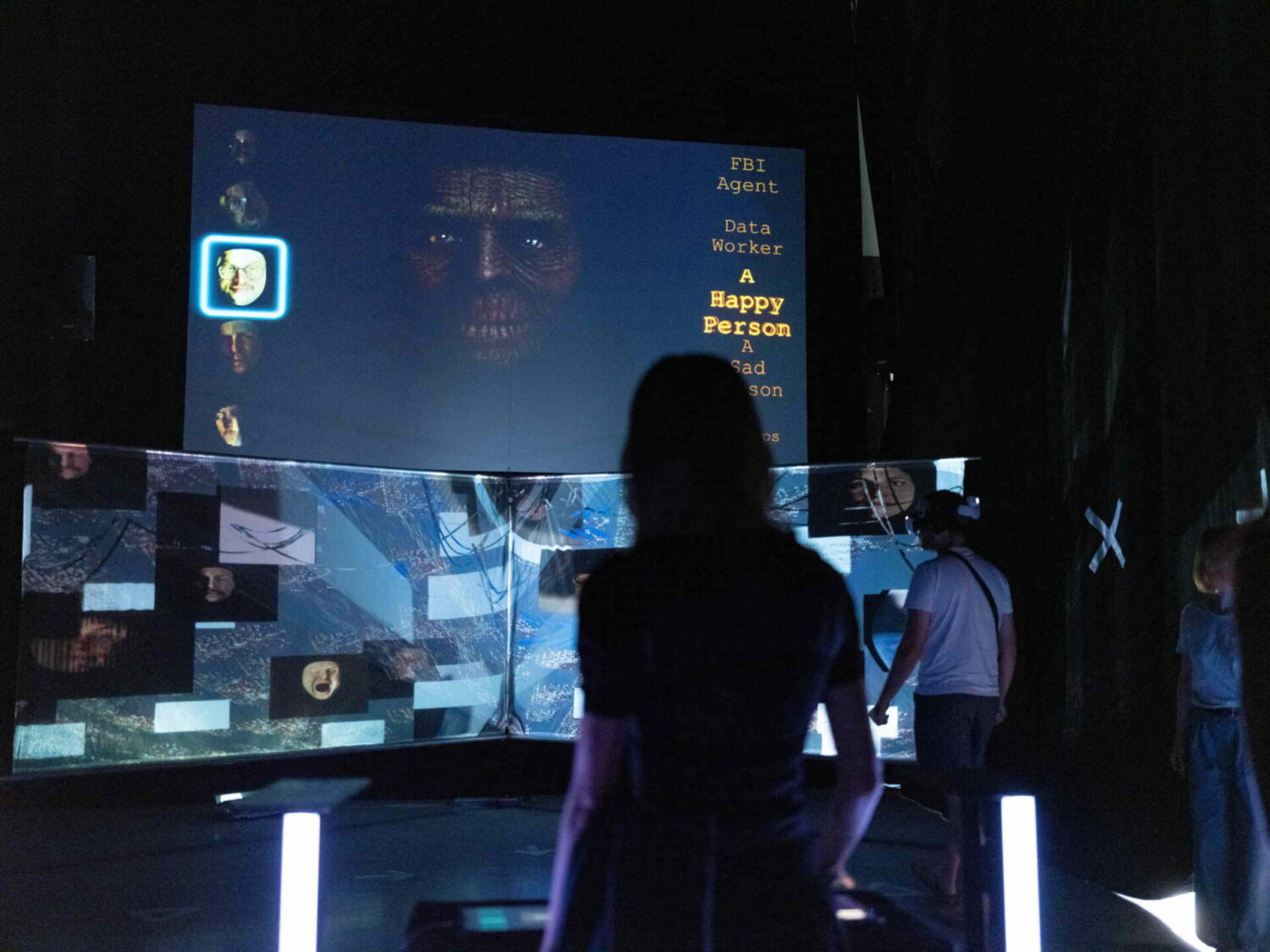
by Fenna de Jong
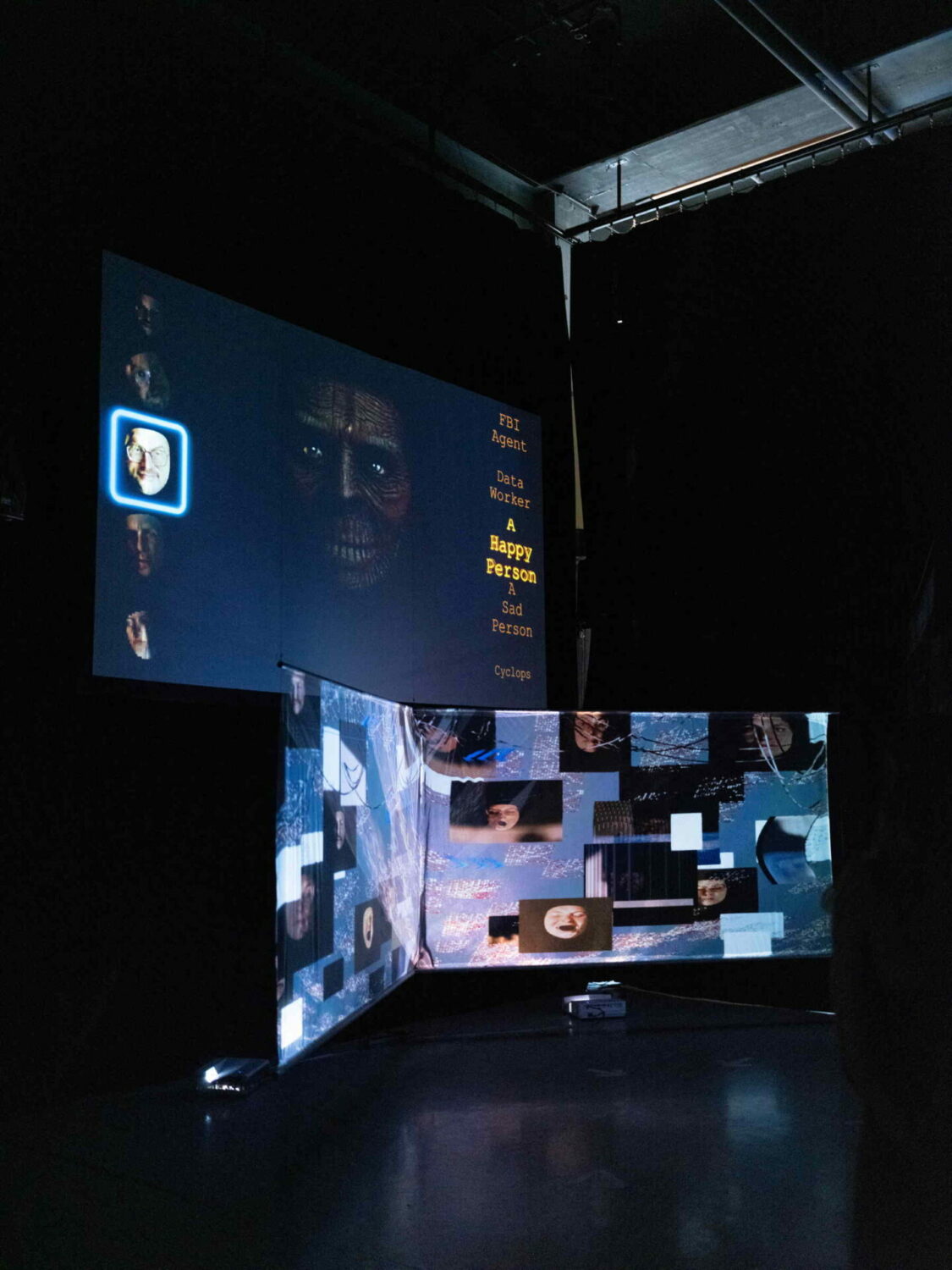
by Fenna de Jong


